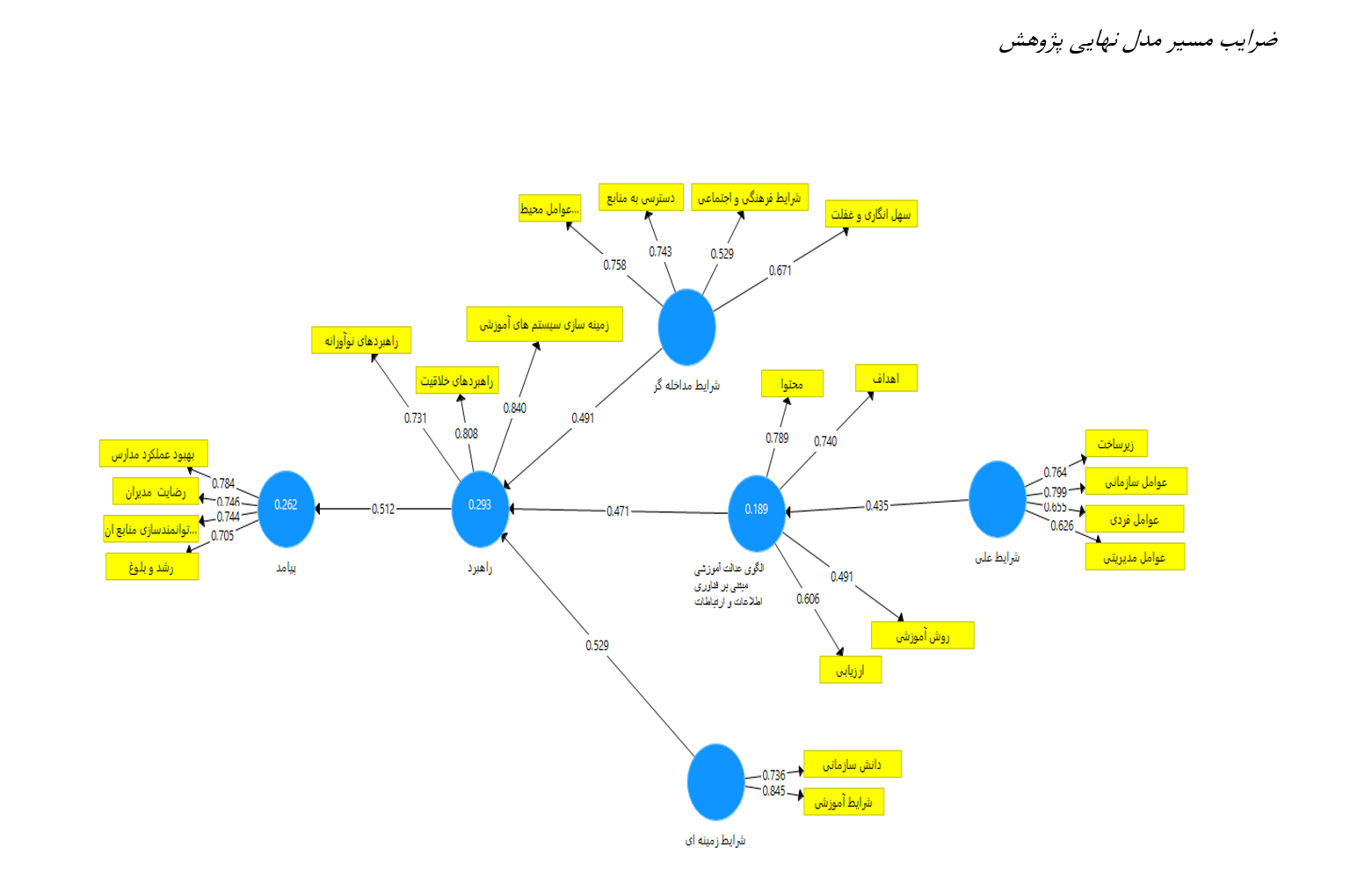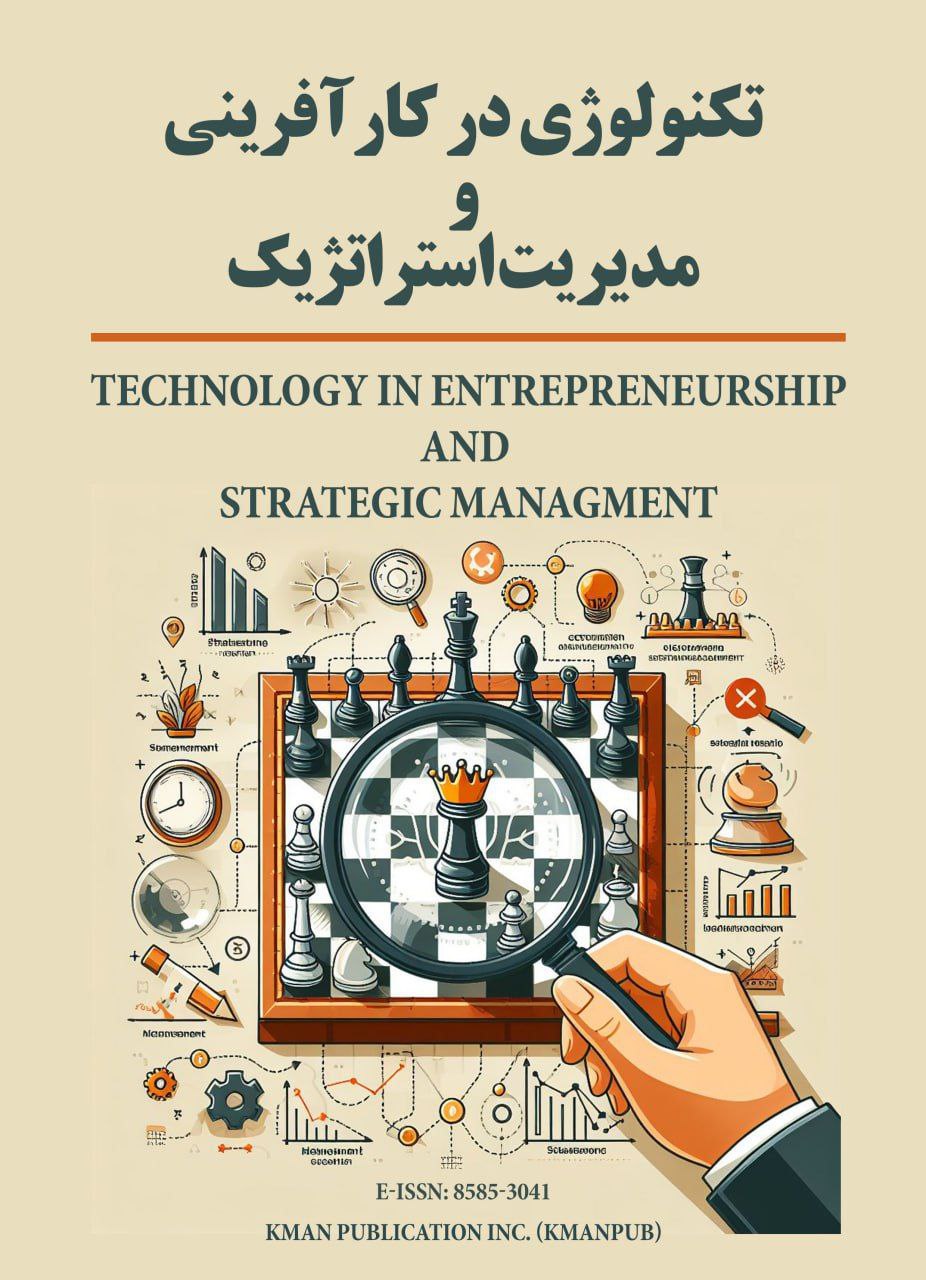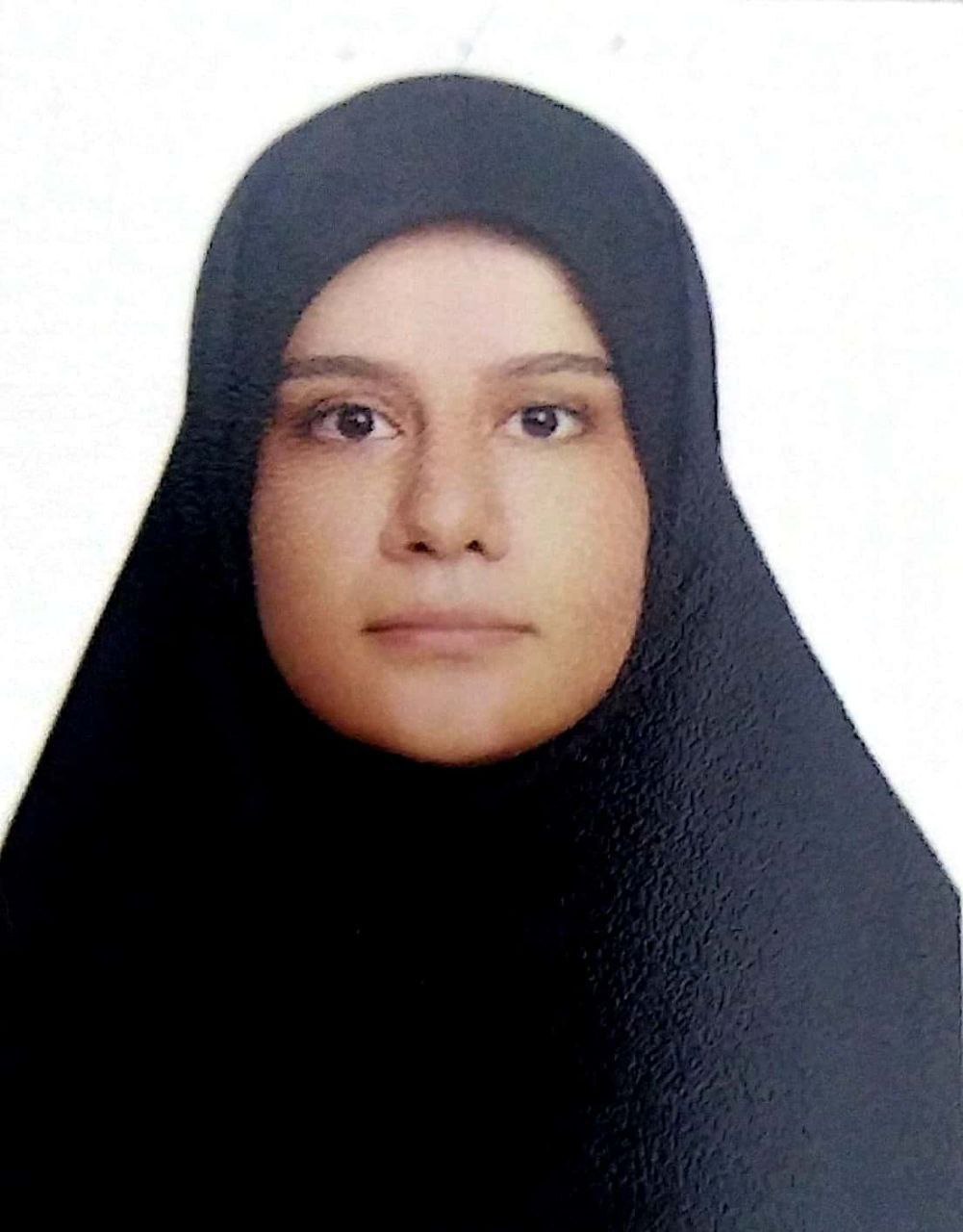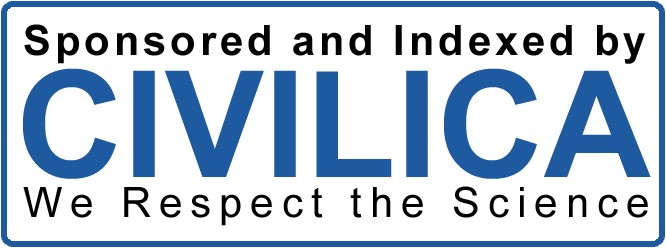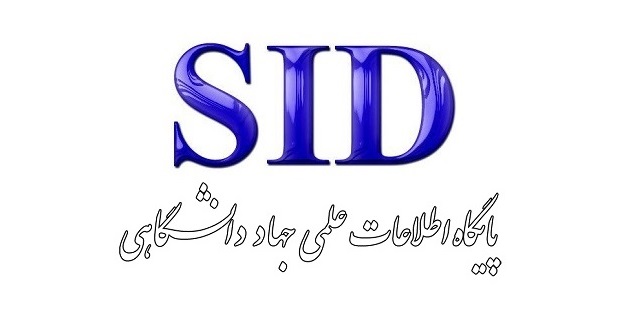Presenting and Validating an Educational Equity Model Based on Information and Communication Technology with a Blended Learning Approach in Education
Keywords:
Educational equity, Information and Communication Technology (ICT), blended learning, virtual education, teacher proficiency, institutional support, student engagement, educational policyAbstract
This study aimed to design an educational equity model based on Information and Communication Technology (ICT) with a blended learning approach. The study employed a sequential mixed-methods research design, incorporating both qualitative and quantitative approaches. In the qualitative phase, data were collected through in-depth interviews with educators, administrators, and policymakers, which were then analyzed using grounded theory to identify key components of the educational equity model. The quantitative phase involved surveys administered to a diverse sample of teachers and students to validate the findings from the qualitative phase. Statistical analysis, including structural equation modeling, was used to confirm the relationships between the identified components. The analysis revealed several critical components necessary for achieving educational equity through ICT and blended learning. These included comprehensive planning for educational opportunities, designing inclusive virtual curricula, establishing clear standards for virtual education, ensuring equitable distribution of resources, and fostering a flexible, participatory learning environment. The study also highlighted the importance of teacher proficiency in ICT, continuous professional development, and strong institutional support. Empirical evidence from the quantitative phase supported these findings, demonstrating significant improvements in student engagement, motivation, and academic performance. The integration of ICT and blended learning in education significantly enhances educational equity by providing flexible and inclusive learning opportunities. The proposed model addresses key challenges and leverages opportunities associated with blended learning, ensuring that all students have access to quality education.
Downloads
